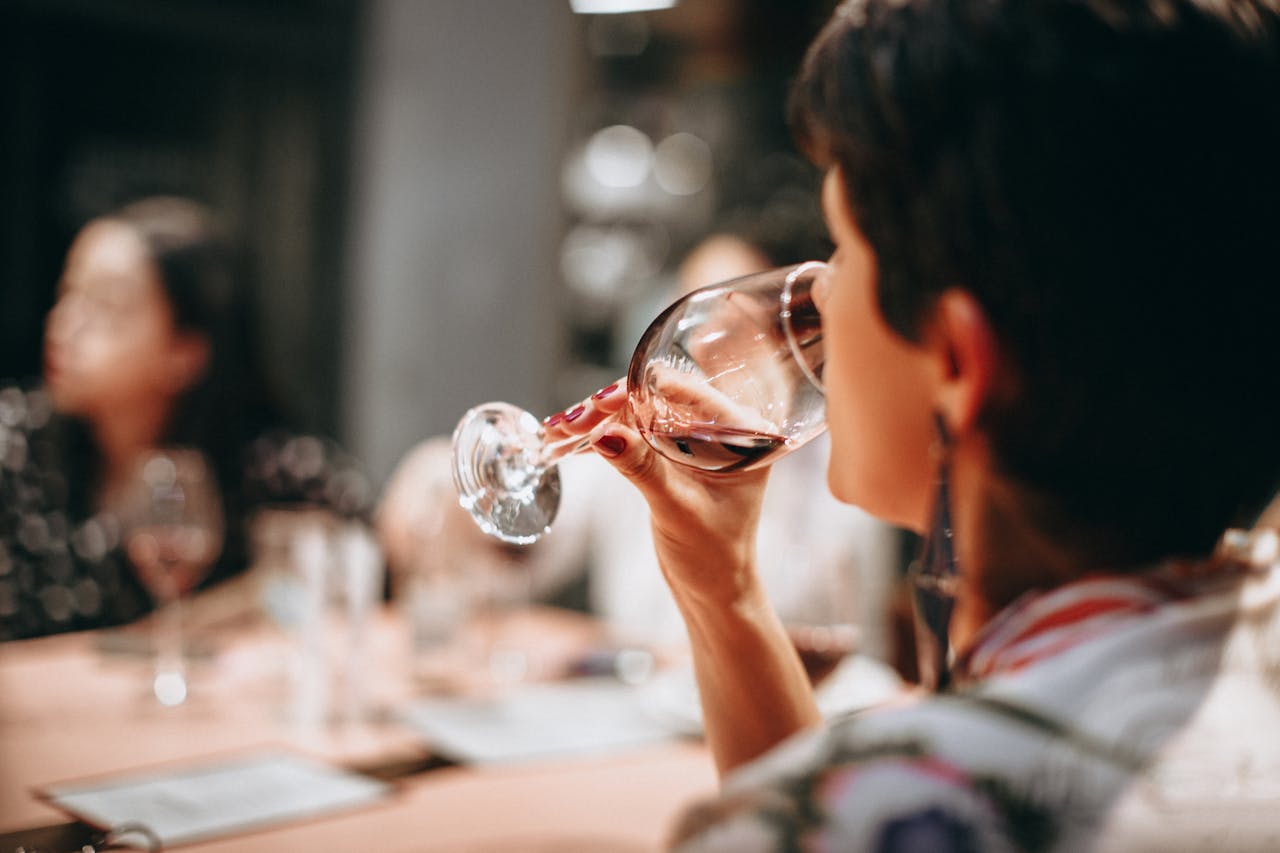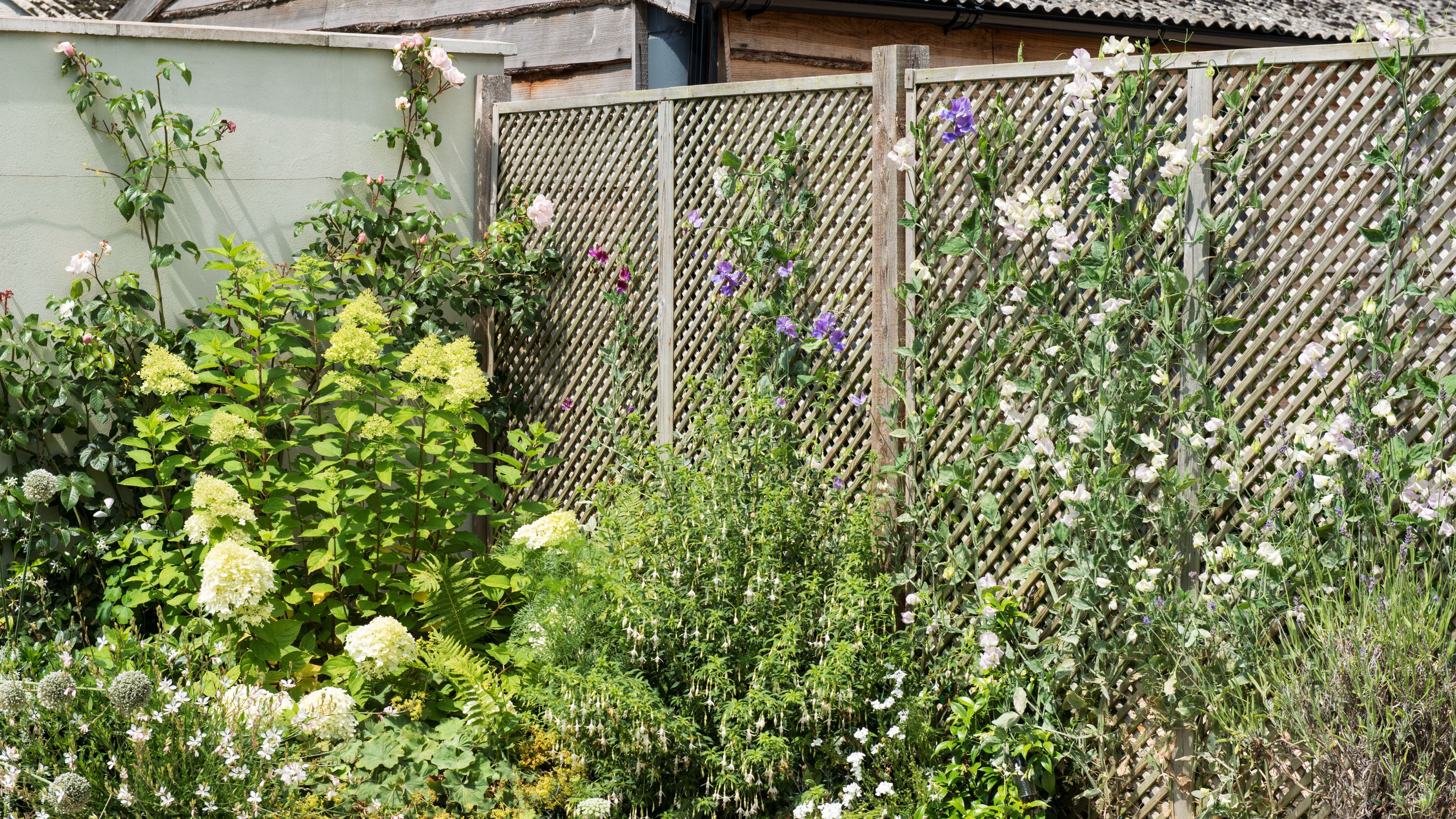
Focusing on the sensory study and assessment of wine, wine tasting is both an art and a science. To enjoy the wine in your glass, you must be present with all your senses. Your whole experience will be much improved if you know the main components of wine tasting.
Discover the value of taste, scent, and appearance to start your trip of wine tasting. The color and clarity of the wine can tell you a great deal about its quality and age. The scent of the wine, or “nose,” gives first hints about its complexity and character. Think about the several flavor notes and how to host a wine tasting on your palette. Professional tasters may employ sophisticated vocabulary, but you may start by knowing simple adjectives like fruit, earthy, floral, and more. Your path toward more complex appreciation will be sustained by this fundamental understanding.
How to Select the Right Wine?
Your tasting session’s tone is defined by your chosen wines. Reds, whites, and rosés among other varieties of wines can produce an interesting and balanced experience. Guides like Wine Folly, which offers professional recommendations on selecting wines to wow your visitors and produce a balanced tasting flight, can help both novices and enthusiasts.
To keep things interesting, think about combining known and new options. Great basics are common varietals including Chardonnay, Merlot, and Pinot Noir; more unusual kinds like Viognier or Zinfandel can provide a surprising touch. Consider your guests’ tastes and dietary constraints when choosing wines to make sure everyone will appreciate something.
- Preparing the Surroundings
Maximum satisfaction with your wine tasting depends on the surroundings. A spotless, properly lit room free of residual smells will enable you to concentrate just on the wine. Maintaining a reasonable ambient temperature—around 60-68°F for reds and 49-55°F for whites—is essential since extremes of heat or cold can adversely impact the taste character of the wine. Food and Wine magazine advice will help you to improve your surroundings even more.
- Taste Strategies for Optimal Pleasure
Learning the craft of wine tasting goes beyond just drinking. Use these basic yet powerful strategies to make sure you appreciate every glass. Look at the wine visually by tilting your glass and noting its color and purity. The color of a wine can reveal both type and age. To aerate the wine in your glass and release its complicated smells, gently swirl it.
Breathe deeply to catch the bouquet of the wine. First hints regarding the taste and body of the wine can come from the fragrance.
Sip: Take a little sip and let the taste range completely sink into your mouth. Note the first taste, the mid-palate complexity, and the finish.
Taste: Emphasize the aftertaste or finish of the wine. Often a sign of a good quality wine is a long, lingering aftertaste.
Regular application of these techniques will improve your palate and enable you to enjoy the complexity of every glass and progressively raise your wine-tasting ability.
- Complementing Wine with Food
The correct food match will improve your wine-tasting experience to unprecedented degrees. The finest in the wine and the cuisine can be highlighted with classic pairings like Cabernet Sauvignon with strong red meat or Chardonnay with creamy shellfish. Different flavors’ opposition or complementing nature might improve your sensory awareness and provide complexity to your taste sensation. Davis Estates presents the ideal pair for wines that enthrall on all levels: a deep Cabernet Sauvignon with aromas of blackberry, dried herbs, and earthy appeal and a golden-hued, zesty Chardonnay.
- Documenting Your Observations
One great approach to record your trip and increase your appreciation is to keep a wine notebook. This exercise will enable you to trace the change in your palate and remember your favorites. For future use, a thorough journal is also quite helpful. Going over your notes can help you make future purchases and taste tests, guaranteeing you keep developing your wine knowledge and growing on it. Sharing your diary with other wine lovers can also encourage interesting discussions and information sharing.
- Organizing an Online Wine-Tasting Party
Virtual wine tastings are now a common approach to staying in touch with relatives and friends far away. Video conference technologies let you design an interesting and entertaining wine-tasting experience right from your house. Participants may immediately communicate their observations and impressions thanks to the straightforward yet adaptable structure.
Key Take-Away
Invite friends to buy the same assortment of wines or arrange themed tastings whereby every participant brings a different wine. Create a quick agenda including meal-matching ideas, important conversation points, and wines you will taste. Establishing a disciplined but laid-back schedule guarantees a flawless and joyful event in which everyone can learn and enjoy themselves.




